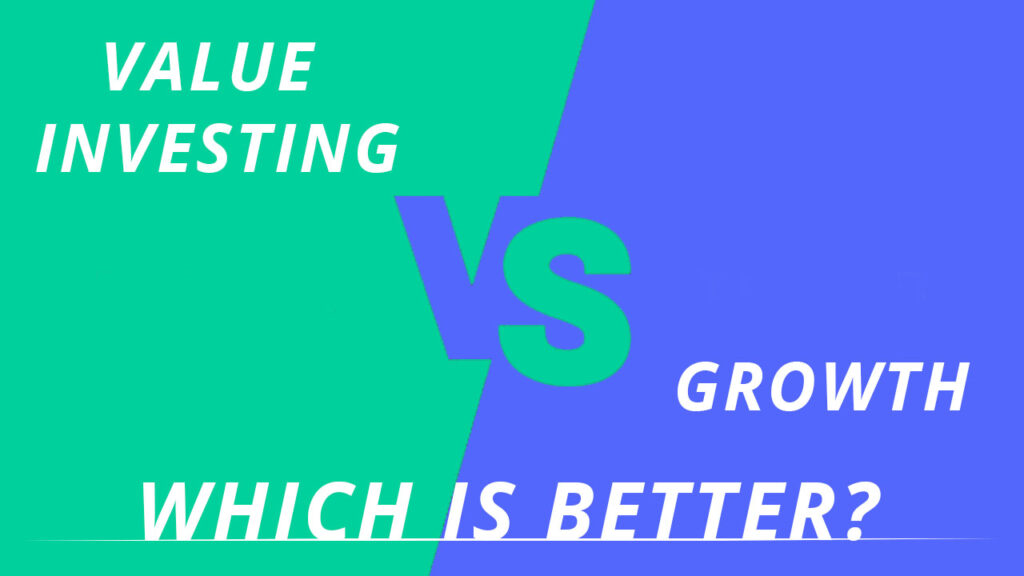Growth Vs. Value Investing: What should investors choose?

Growth Vs. Value Investing
Growth and value investing are two fundamental approaches for investing in mutual funds. Value investing in stocks or mutual funds is focused on identifying stocks that are trading at a lower price than their intrinsic value. The objective is to generate high returns in the future by investing in undervalued stocks in the present. Alternatively, growth investing in mutual funds relies on identifying companies with demonstrated better-than-average returns in recent years. Prices of growth stocks have the potential to rise steeply within a short time.
Here is a quick overview of the growth vs. value investing approach and which one should you choose:
Growth vs. Value Investing in Mutual Funds
| Basis of Difference | Value Investing | Growth Investing |
| Investment approach | Focuses on investing in stocks whose current prices are lower than their intrinsic value | Focuses on identifying stocks that are likely to grow faster than their competitors. |
| Types of companies | Usually, large, well-established companies that currently are trading below their potential price. | Can be small-,mid- or large-cap companies trading at a high price than their long-term potential. |
| Risk | Low risk because of limited upside potential than growth stocks. Price may not appreciate as much. | High risk because of higher upside potential. |
| Company agenda | The company does not aim for growth. Hence, the focus is primarily on dividend payments until the market begins to realize the potential worth of the company. | The company aims for higher growth and reinvests its earnings for expansion, acquisitions, new workers, advanced equipment, and more. |
| Price to earnings ratio | Low relative to their profits or sales. | High relative to their profits or sales. |
| Dividends | Usually high dividend yields. | Usually low or no dividend yields. |
| Value | Currently undervalued. | Currently overvalued. |
Which is better?
In terms of comparison between growth and value investing, there is no definite winner. The performance of your mutual fund portfolio in both investment styles depends on the sub-sectors of stocks, period, and risk appetite.
Value stocks are less volatile. Hence, they are less risky. Even if these stocks do not achieve the desired price, they pay dividends, assuring capital growth in the long run. Alternatively, growth stocks are more volatile and subject to high risk. There is a greater possibility of loss for you because there is no dividend payment, and the company reinvests the profits for expansion and growth.
Which investing style should you choose for mutual funds?
Overall, both value and growth investing styles offer lucrative opportunities. The style you choose depends on your financial goals, risk tolerance, investing preference, and investment horizon.
You can choose a mutual fund portfolio comprising primarily of growth stocks if you have a high-risk appetite, long investment horizon, and do not need any income from your portfolio in the present. However, you can opt for a portfolio consisting of value stocks if you have a low-risk tolerance, prefer stable stocks, shorter investment periods, and aim to receive current income from your mutual fund portfolio.
Conclusion
You can also choose a mutual fund portfolio that offers a blend of both value and growth stocks. Use the Moneyfy app to study various stocks and carefully choose a suitable mutual fund depending on your financial objectives, investment period, and risk tolerance. The Tata Capital Moneyfy app allows you to invest (lump sum or SIP), track, and monitor your mutual fund portfolio all from one platform.







